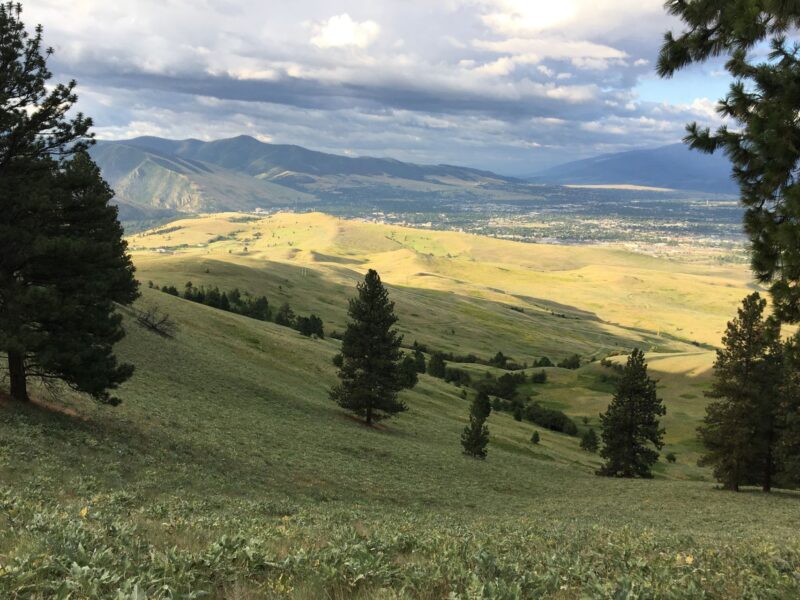USDA formalizes big game partnership with Wyoming
On October 17th, Agriculture Secretary Tom Vilsack and Wyoming Governor Mark Gordon signed a memorandum of understanding that ratifies a partnership between the state of Wyoming and the U.S. Department of Agriculture to conserve big game migrations and other wildlife habitat.
The “Partnership to Support Big Game Working Lands Conservation in Wyoming” commits the USDA to a package of new opportunities for landowners in Wyoming. In addition to an increased commitment of $16 million in FY23 for restoration and preservation of agricultural lands, the agency will pilot an innovative “habitat leasing” initiative under the federal Grasslands CRP program.
Habitat leases are a tool, identified by Governor Gordon’s migration corridors task force, as a common-ground solution that makes it possible for working ranches to stay in business ranching while also providing the critical habitat elk and other wildlife require for survival. Private landowners who choose to enroll in the program agree to maintain quality habitat over a 10-15 year contract period in exchange for annual payments on a per acre basis. Livestock grazing is permitted to continue under a management plan compatible with wildlife.
Secretary Vilsack celebrated the partnership, saying, “Wyoming has long been at the forefront of innovation when it comes to private lands conservation. This is especially true of the lands that support migratory big game, where Wyoming, under Governor Gordon’s leadership, is again breaking ground on a science-based, locally led approach.”
Governor Gordon echoed the shared commitment to collaboration. “In Wyoming, we care deeply about our wildlife and our agricultural heritage. This partnership ensures that we take full advantage of every opportunity to support both,” said Gordon. Development continues to threaten wildlife migration corridors throughout the state, including recent news about approved developments in the iconic Red Desert to Hoback mule deer migration corridor. Both ranching and wildlife advocates see the need for additional tools and resources to keep working farms and ranches out of development.
Western Landowners Alliance (WLA) executive director Lesli Allison attended the signing ceremony. WLA helped develop habitat leasing and other habitat conservation strategies for private landowners in Wyoming. “The farms and ranches of Wyoming provide much of the essential habitat that wildlife need to survive. Most landowners care deeply about wildlife and yet the costs associated with supporting wildlife can jeopardize their ability to stay in business,“ she said. “As more and more land is developed, the pressure is increasing on the remaining intact private lands to provide food and shelter for many different species. We need tools like habitat leasing that help offset those costs, sustain livelihoods and keep these important working lands intact.”
USDA has long recognized, Vilsack said, that many conservation outcomes can be achieved as a result of voluntary conservation on private land. Adding flexibility to match landowner needs with available resources will help USDA be more effective, and take lessons they learn in Wyoming to other places. “Today we’re formally committing to work alongside the Governor and partners in Wyoming to leverage our flexible tools to develop a model that can be expanded to other interested states and regions.” he said.
For more information about habitat leasing, see here: https://westernlandowners.org/policy/habitat-lease/




